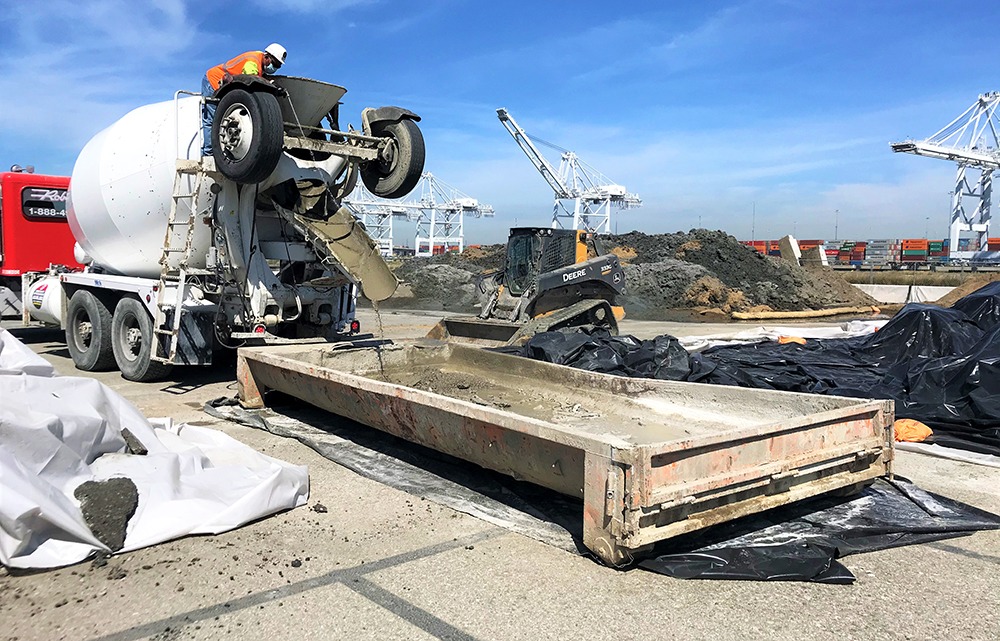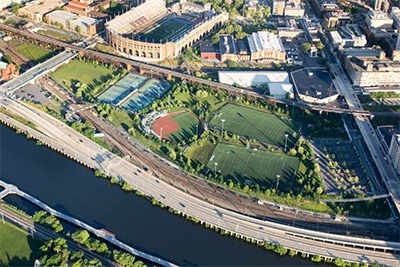California’s State Water Resources Control Board (State Water Board) is proposing a major rewrite of its Construction Stormwater General Permit by the end of 2021. Because the new permit would apply to any site that disturbs at least 1 acre, it may affect many industries and market sectors, including developers, construction companies, manufacturing facilities, utilities, and beyond.
The Clean Water Act was last modified in 1990 to regulate stormwater discharges from municipalities, industries, and construction sites. Since then, dischargers have been required to obtain coverage under National Pollutant Discharge Elimination System (NPDES) permits. These permits apply in every state and are periodically revised to incorporate new requirements.
It’s been more than a decade since California reissued the permit regulating construction stormwater discharges. The new permit will bring more consistency between the construction general permit and the industrial general permit (reissued in 2015), outlining a strategy for Total Maximum Daily Loads (TMDLs) implementation and offering new provisions while clarifying others.
Compliance with the proposed updates to the new permit will become increasingly complex and difficult. As a result, your organization may be susceptible to risks, such as third-party lawsuits, non-compliance penalties, and damage to your brand. Consider the key elements and guidance outlined below to avoid gaps in Construction Stormwater General Permit compliance.
Six proposed permit updates
1. Total Maximum Daily Loads
TMDLs specify the maximum amount of specific constituents that a water body can contain while attaining beneficial uses. In some places, they’ve been in effect for years, but regulators have been challenged to effectively enforce the load restrictions. Point sources that originate from a single, identifiable source (such as a sewage treatment plant) are easier to define. However, stormwater presents a challenge, as regulators have found it difficult to regulate these nonpoint sources (pollution that doesn’t originate from a single source). However, with the new permit, regulators have created specific guidelines for implementing the load restrictions, thus enforcing compliance through NPDES permits.
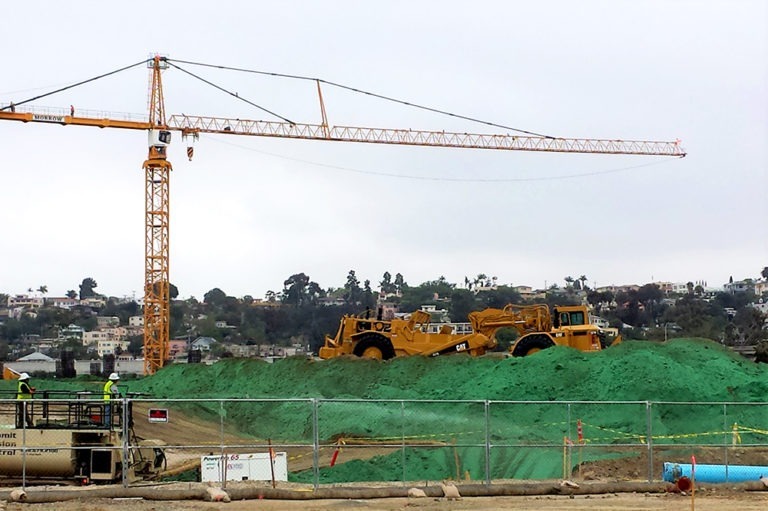
Here’s how the process may work:
- Dischargers may be required to evaluate sources of regulated constituents and monitor stormwater runoff quality.
- If your construction site discharges to a water body with an adopted TMDL, your permit may require a pollutant assessment to determine if constituents regulated by the TMDL are present.
- You may need to compare sampling results to the TMDL limits.
- You may need to implement best management practices (BMPs) to reduce the concentrations below the TMDL allowable limits.
If your discharge exceeds the limits, you could receive a violation, which potentially include fines and penalties.
2. Trash provision
The proposed permit incorporates provisions for trash compliance at construction sites, consistent with the State’s Trash Policy. Essentially, if adopted, the proposed permit would prohibit construction sites from discharging any debris or trash by implementing one of two methods:
- Full capture systems: Implementing capture device(s) to gather trash as small as a cigarette.
- Full capture equivalency: In lieu of installing often costly capture devices, a site could demonstrate full capture equivalency by implementing BMPs for trash reduction, such as institutional controls, focused trash pickup, or by installing more trash receptacles.
3. Dewatering
Dewatering on a construction site involves removing water from excavations, trenches, foundations, and surface water impoundments to enable the construction activity. Previously, the permit language did not specifically include dewatering. The new draft permit addresses dewatering, requiring updates to the Stormwater Pollution Prevention Plan, mandating compliance with receiving water limitations, and establishing numeric action levels for pH and turbidity.
4. Demolition
Demolition activities performed during construction can also impact the site’s discharges. As a result, the new permit lists specific classes of constituents prohibited during the demolition phase. Some examples include asbestos, mercury-containing devices, lead-based paint, and PCBs in caulk.
5. Ocean plan and inland waters provisions
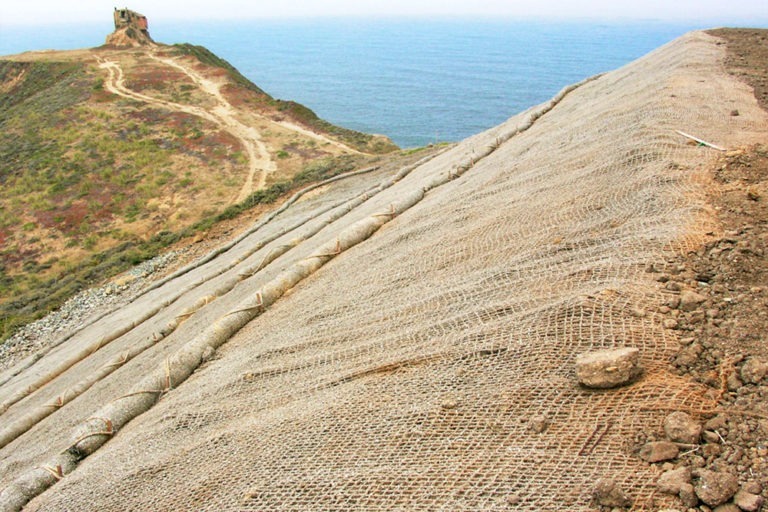
If a site discharges directly into the ocean in certain areas, the organization should be aware of Areas of Special Biological Significance (ASBS) that trigger additional requirements, as outlined in the new draft permit. ASBS are areas in the ocean that require protection for biological communities or species from constituents that alter the water quality, such as arsenic, copper, lead, mercury, zinc, cyanide, and ammonia.
The proposed permit provisions for ocean and inland waters include steps like creating an ASBS compliance plan, conducting reporting, performing sampling and analysis, and enacting a core discharge monitoring program.
6. Passive treatment applications
The new permit may add requirements or restrictions for passive treatment applications. Passive treatment systems typically use chemicals and products to reduce turbidity in site runoff. Some types of commonly used soil stabilizers such as polyacrylamide may contain contaminants. The new draft permit outlines specific types of materials that dischargers can and cannot employ. Permissible types may include food-grade, anionic, or non-ionic soil stabilizers. The permit may also require preparation of a passive treatment plan prepared by a qualified stormwater professional.
Be prepared
Construction Stormwater General Permit compliance is becoming more challenging as the regulations grow in complexity. To avoid exposure and mitigate risk, it’s important to understand the proposed permit changes and prepare for its projected release, most likely at the end of 2021.
Here’s what you can do now:
- Determine if your stormwater discharge flows into a water body with an adopted TMDL.
- Understand your construction phasing well. Will there be demolition or dewatering required?
- Identify stormwater discharges into inland waters or the ocean.
- Become familiar with trash provisions for your sites.
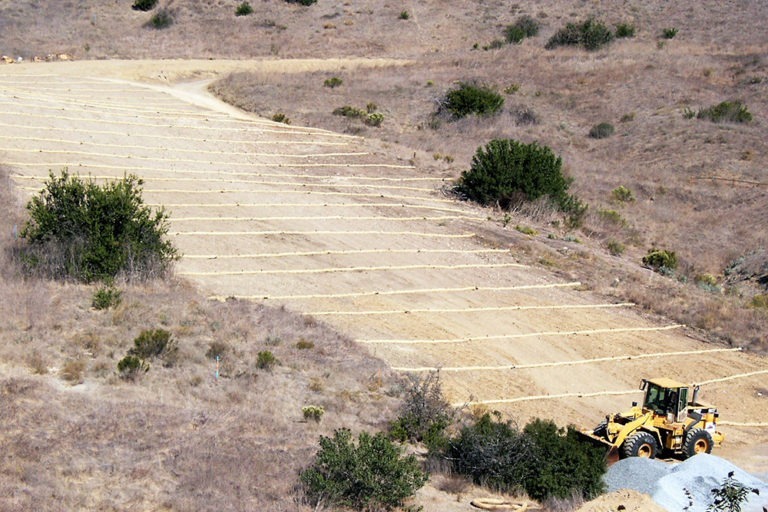
Finally, engage stormwater and construction experts to help you navigate compliance. This will ensure that your organization remains in full compliance with the permit’s requirements, avoids penalties and fines, and has peace of mind. Contact Haley & Aldrich to discuss your specific situation and stay tuned for a follow-up blog once the State Water Board has finalized this permit rewrite.
Published: 8/13/2021
- Aerospace
- Education, healthcare, and cultural institutions
- Energy
- Higher education
- K-12 and independent schools
- Electric transmission and distribution
- Renewable energy
- Government infrastructure
- Industrial and manufacturing
- Airports
- Ports, harbors, and coastal Infrastructure
- Transportation
- Real estate developers
- Construction
- Water resources
- Stormwater
Authors

Service Leader, Water Resources
